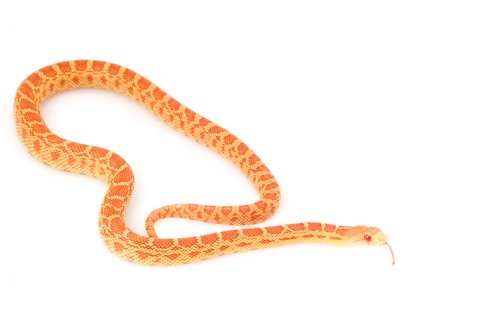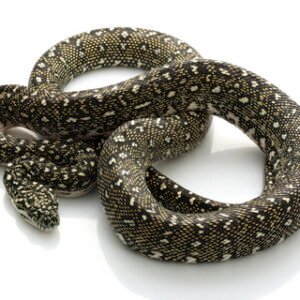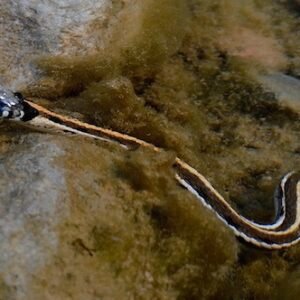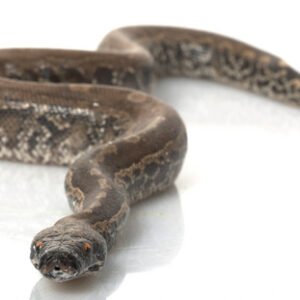Understanding the Albino Bull Snake: Characteristics and Behavior
The albino bull snake, a striking variant of the common bull snake, displays unique traits that distinguish it from its non-albino counterparts. One of the most notable characteristics of the albino bull snake is its distinctive coloration. Typically, these snakes exhibit a creamy white or pale yellow body with light orange or pinkish patterns. This coloration results from a genetic mutation that inhibits the production of melanin, the pigment responsible for dark colors in the skin. Consequently, albinism in the bull snake not only alters its physical appearance but also influences its skin patterning, making it easily recognizable in the wild.
In terms of size, albino bull snakes do not differ significantly from their normally pigmented relatives. Adult bull snakes generally range between 4 to 6 feet in length, with some individuals growing even longer. This size allows them to effectively hunt larger prey, which typically includes rodents and other small mammals. The diet of an albino bull snake is similar to that of other bull snakes, consisting primarily of small vertebrates, and their hunting behavior is marked by constricting their prey before consumption.
Caring for Your Albino Bull Snake: A Guide for Enthusiasts
For reptile enthusiasts considering adding an albino bull snake to their collection, understanding their care requirements is essential for the well-being of this unique species. Firstly, it is crucial to provide an appropriate habitat that mimics their natural environment. An enclosure measuring at least 40 gallons is recommended for adult albino bull snakes, ensuring they have ample space to explore. Use a secure, well-ventilated glass or plastic terrarium with a locking lid to prevent escapes. Incorporating substrate such as aspen shavings or cypress mulch can facilitate burrowing and promote a comfortable living condition.
Temperature and humidity are significant factors to consider when caring for your albino bull snake. A thermal gradient should be established, with a basking area maintained around 85-90°F (29-32°C) and a cooler side at 75-80°F (24-27°C). Use a reliable thermometer to monitor these temperatures accurately. Additionally, maintaining humidity levels between 30-50% is key to ensuring proper shedding and health. A shallow water bowl should be provided for drinking and soaking, further aiding in humidity regulation.
Dietary needs for albino bull snakes should not be overlooked. These snakes thrive on a diet primarily consisting of rodents such as mice and rats. Newly acquired snakes may require smaller prey, while adult albino bull snakes can be fed larger items based on their size. A general feeding schedule may involve providing prey every 7-10 days. It is essential to ensure the prey is appropriately sized, as oversized rodents can cause health issues.
When handling your albino bull snake, it’s important to be calm and gentle, allowing the snake to adjust to your touch. Signs of stress may include rapid breathing, hissing, and attempting to flee, indicating that the snake needs to be left alone. Regular maintenance of the habitat, including spot cleaning and complete substrate changes every few months, will help provide a clean and comfortable living environment for your albino bull snake. By adhering to these guidelines, owners can ensure the health and happiness of their remarkable pet.





